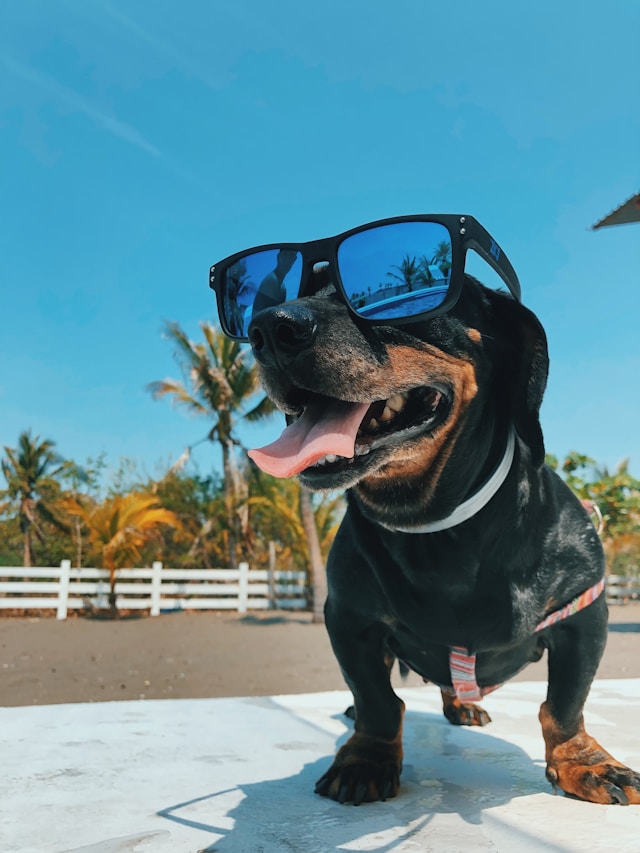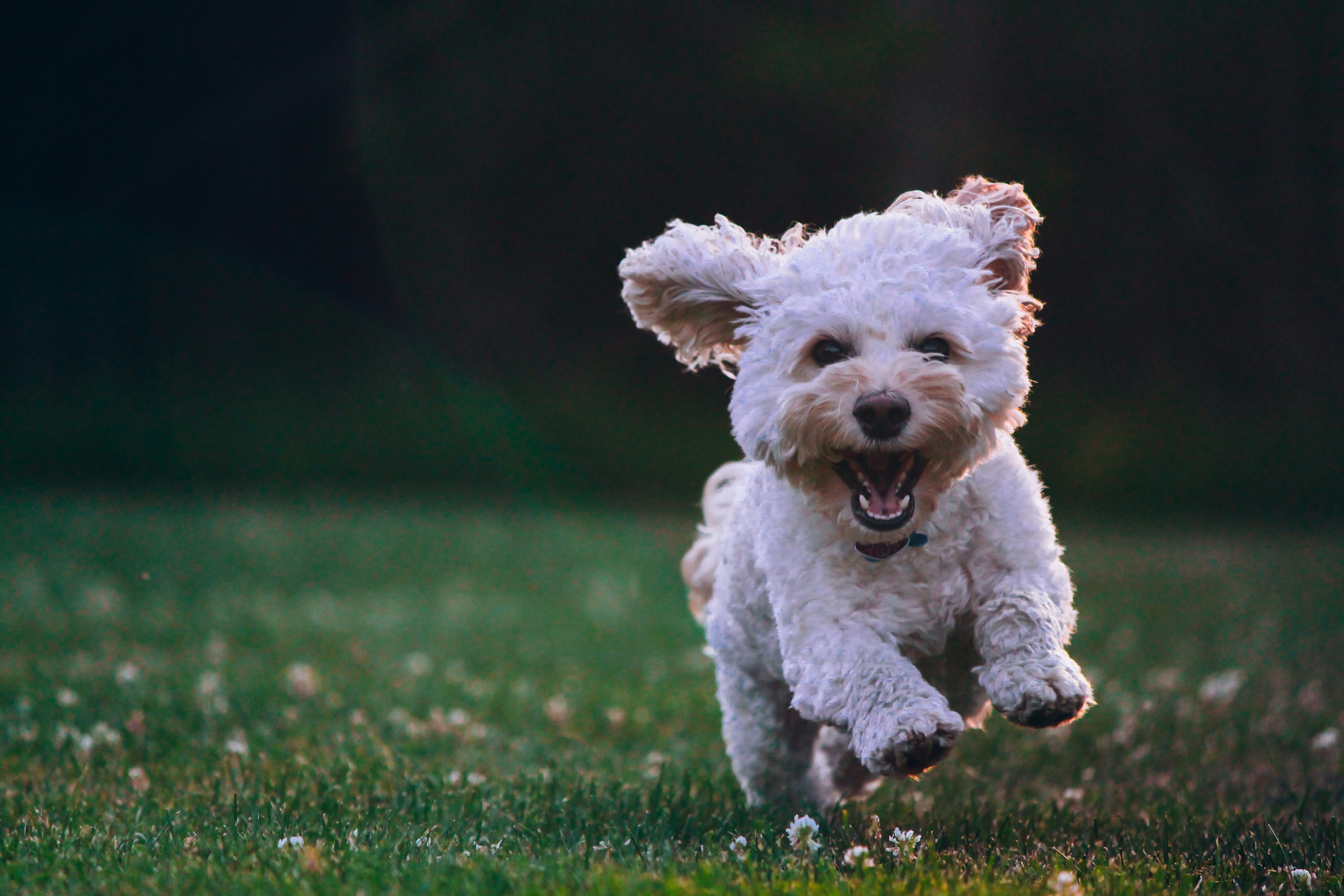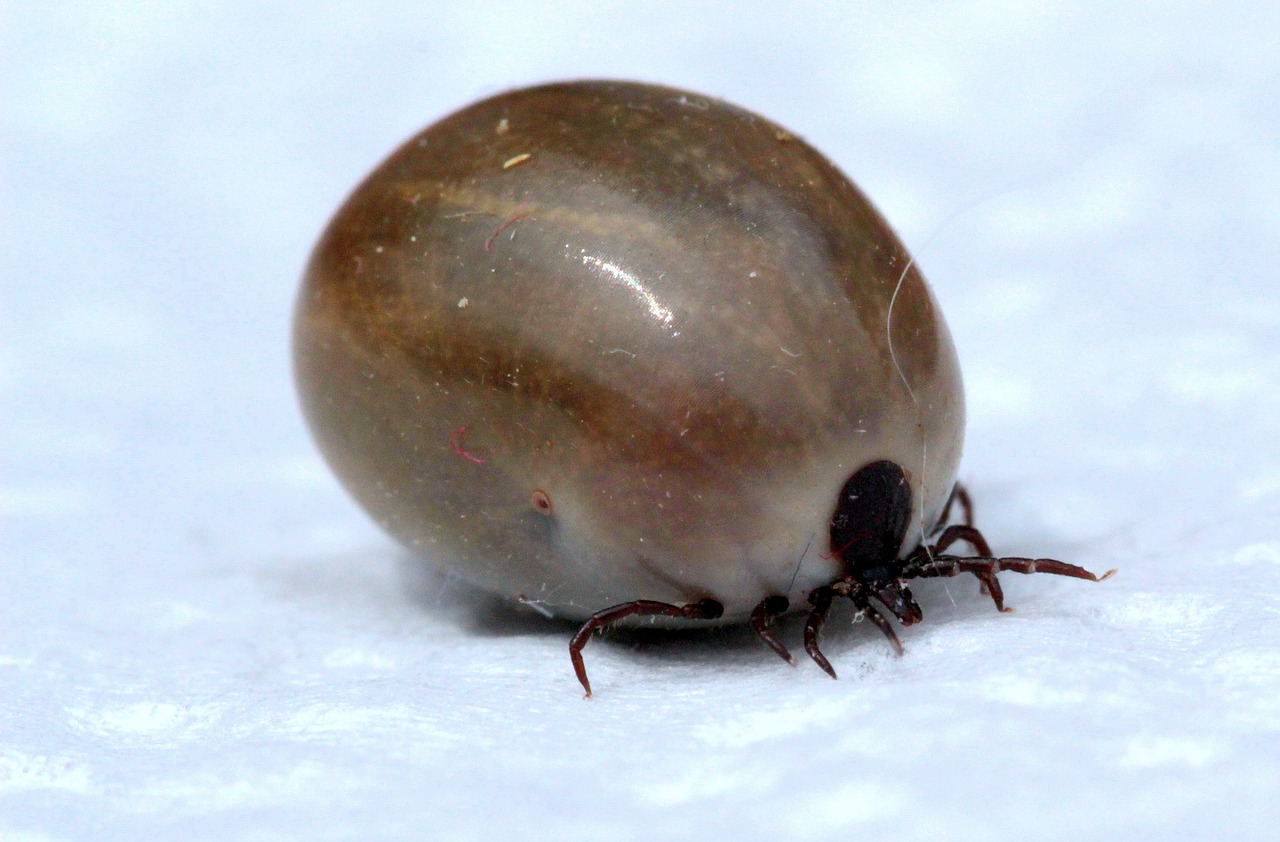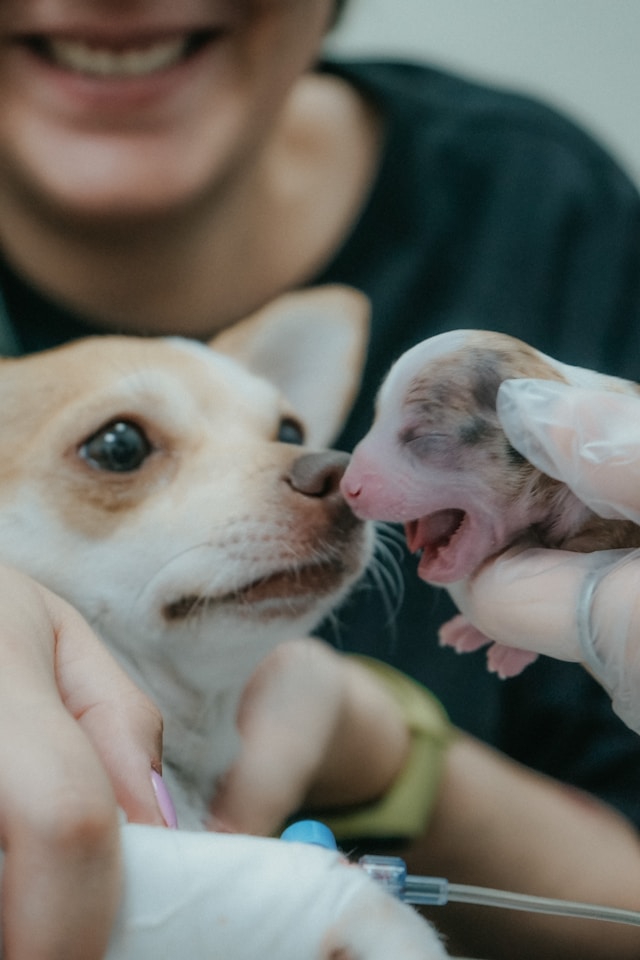Pembroke Welsh Corgi
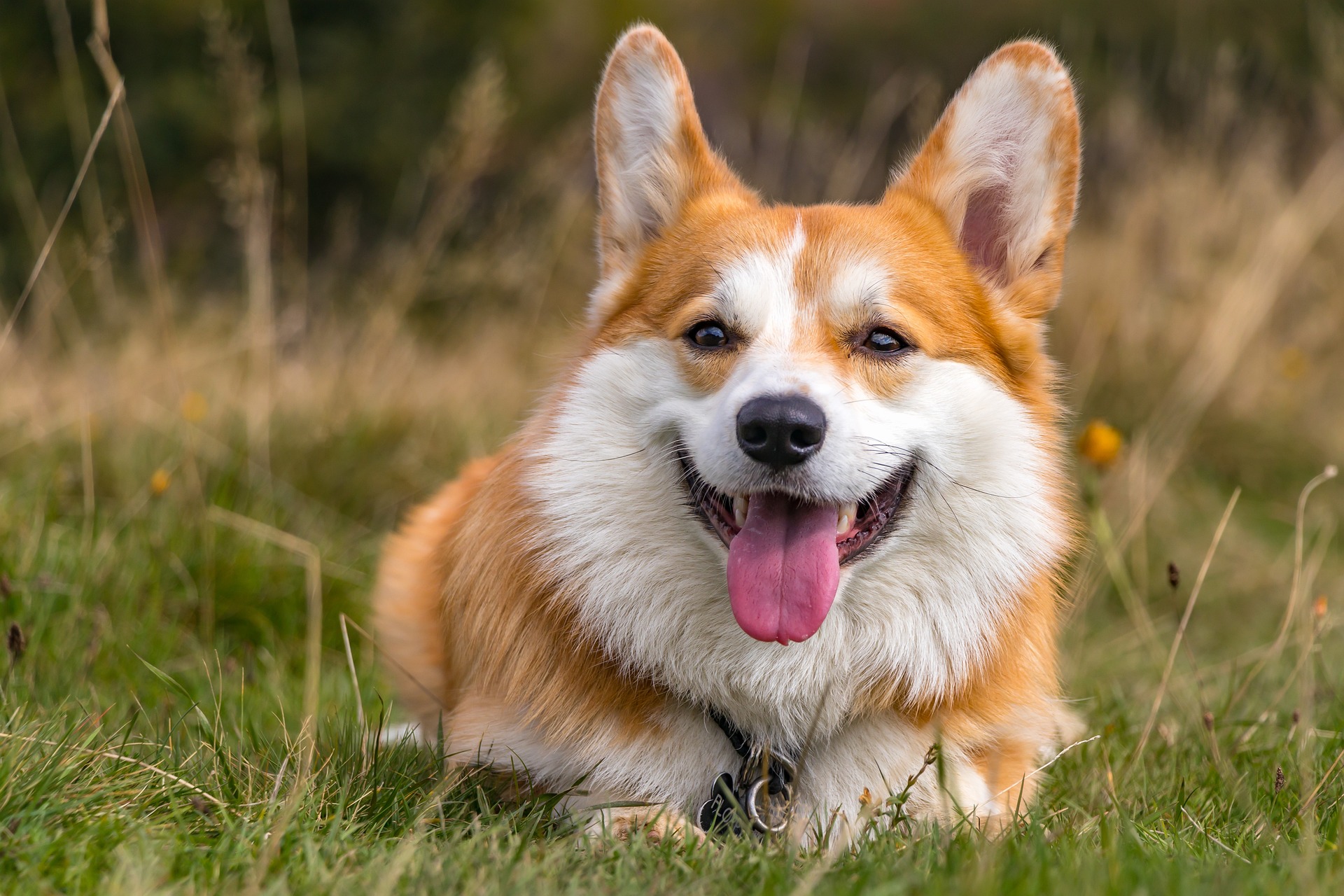
| Official Name | Pembroke Welsh Corgi |
| Common Name | Pembroke Welsh Corgi |
| Pet Height | 10 to 12 inches |
| Pet Weight | 22 to 31 pounds |
| Lifespan | 12 to 13 years |
| Good With | children, families, seniors |
| Temperament | friendly, outgoing, playful, willful |
| Intelligence | high |
| Shedding Amount | seasonal |
| Exercise Needs | medium |
| Energy Level | active |
| Vocal Level | frequent |
| Drool Amount | low |
| Breed Group | herding |
| Breed Size | medium (26-60 lbs.) |
| Coat Length | medium |
| Color | black, brown / chocolate / liver, fawn, red, white |
| Patterns | bicolor, black and tan, sable, tricolor |
| Other Traits | cold weather tolerant, easy to train, good hiking companion, high potential for weight gain, requires lots of grooming, strong loyalty tendencies |
The Pembroke Welsh Corgi is an energetic and intelligent breed that has grown in popularity in recent years with its cute appearance, including bouncy ears, short legs, and big smiles, making them irresistible. These breeds are primarily herding dogs in Wales. Their appearance can look funny, given their full hindquarters and wobbling walk, but these dogs are harsh and used to working hard. They are different from the Cardigan Welsh Corgi, which is a bit larger and has a different tail.
Pembroke Welsh Corgi Appearance
The Pembroke Welsh Corgi is easy to recognize given their unique appearance of a fox-like face, bouncy ears, short legs, muscular body, and a full coat on their shoulders and hindquarters and appealing rear end! Though they look small on their 10 to 12 inches, Corgis can weigh up to 30 lbs. for males and 28 lbs. for females. They have four (4) primary coat colors: red, black, tan, and fawn. Brushing their medium-thick double coat is essential to maintain it in good shape, though you must prepare as they shed during the spring and fall. Some corgis have naturally short tails, while others have them docked when they're very young – a somewhat controversial practice and often done for cosmetic reasons without proven health benefits.
It is essential to know that Pembroke Welsh Corgi differs from the Cardigan Welsh Corgi as they have different ancestries. The Cardigan has a more ancient lineage, tracing back around 1200 B.C, while the Pembroke Corgi has Nordic Spitz ancestry and arrived in Wales with the Vikings in 1000 A.D. Likewise, these two (2) breeds differ in build and length of their tails.
Pembroke Welsh Corgi Personality
"They might be small in size, but they're big in personality," says Marilyn Van Vleit, who has been breeding corgis for over 40 years and is the Judges Education Chair for the Pembroke Welsh Corgi Club of America. She describes them as fun-loving, stubborn, kind, and incredibly smart. "They have an amazing sense of humor and adore their toys," she adds. "They're interactive with their human companions."
Corgis can also act as reliable home alarm systems due to their loyalty and vigilance. However, their barking can be triggered by anything they find suspicious, whether it's the delivery person or a neighborhood squirrel. These dogs were initially bred to help herd cattle and were gentle enough to assist with farm chores and be around children and hens. This means they're fantastic with kids and seniors as well. Yet, they can be cautious around unfamiliar dogs or cats, so it's a good idea to raise them alongside a companion or introduce new family members slowly."
Pembroke Welsh Corgi Living Needs
The Pembroke Welsh corgi is an energetic breed that thrives in homes with a fenced yard. For city dwellers or apartment residents, these breeds will require regular exercise to stay physically and mentally healthy—just like many other breeds, a bored dog can develop unwanted behaviors.
Although Pembroke Welsh corgis have a moderately thick coat that gives protection from the elements, they are indoor dogs who love nothing more than cozying up on your bed or couch and enjoying outdoor activities like hikes or walks. Due to their short legs, they must be better suited for keeping pace with bicycles. While corgis might have fun splashing around in puddles, their anatomy isn't mainly built for swimming. "They're not natural swimmers," says Van Vliet, "but they can manage in a safe, shallow water area."
Pembroke Welsh Corgi Care
Taking care of corgis involves a significant grooming routine. They come with a dense, weather-resistant double coat that sheds quite regularly, so brushing them weekly is a good idea to remove excess fur. Remember that shedding tends to ramp up during the changing seasons of spring and fall, known as the coat-blowing season. Giving them regular baths can also help get rid of loose hair.
Pembrokes are shedders—constant shedders. Regardless of the length of their coat, shedding is a part of the deal. Did we mention shedding? Regular brushing is your ally in managing the amount of Corgi fur that seems to float around your home, especially during the heightened shedding phases in spring and fall. This brushing routine helps maintain healthier skin and coat by spreading natural oils and preventing tangles. Still, it also sets a positive tone for your Corgi when brushing from an early age.
Pembroke Welsh Corgi Health
These breeds are generally healthy and can live 12 to 13 years. They are at risk of gaining weight, so exercise is a must.
Pembroke Welsh corgis are generally in good health. Still, a condition called degenerative myelopathy (D.M.) affects a few breeds, including corgis, as mentioned by the PWCCA. D.M. leads to spinal cord degeneration in older dogs, with corgis typically showing signs around 11. Although the disease isn't painful, it eventually causes paralysis in the dog.
Unfortunately, there are no treatments for D.M. at the moment. Responsible corgi breeders are vital in selecting the healthiest dogs and working to eliminate this condition. However, with the increasing popularity of corgis, there might be a lack of oversight, and some breeders might not prioritize the dogs' health. Marilyn Van Vliet points out that the concern lies in the possibility of puppy mills supplying the demand for corgi puppies.
To ensure you're getting a healthy corgi from ethical sources, it's crucial to do your homework. Watch out for red flags of unethical breeding practices, such as:
-
Breeders are overly pushy or create a sense of urgency.
-
Breeders are selling multiple breeds or hybrid breeds.
-
Lack of verifiable health certificates for their dogs.
-
Kennels are offering to ship a puppy without proper context.
-
Not being allowed to meet the puppy's parents in person.
Pembroke Welsh Corgi Exercise Requirements
Even though Pembrokes are small, they need more exercise than other breeds. They were initially bred to be active herders, even with their short legs! Many Corgis enjoy hiking, swimming, daily walks, and playing fetch in the yard.
Keeping Pembroke's mind active is just as important. These natural problem-solvers and independent workers benefit from mental challenges. Engaging their brains with different activities keeps them entertained and prevents unwanted puppy behaviors. Teaching them new tricks, attending obedience classes, participating in dog sports, and providing them with puzzles and interactive toys will help your Corgi lead a fulfilling life.
Pembroke Welsh Corgi Training Tips
Training Pembroke Welsh Corgis is a joy because they're intelligent, quick, and enjoy tackling challenges. They're motivated by food, so using treats for positive reinforcement makes training easy. Plus, they adore playtime and getting attention from their owners, which can be used as rewards. To ensure they don't start herding people or other animals in the house, keeping their minds active and giving them plenty of exercise is essential.
Pembroke Welsh Corgi History
The story of the Pembroke Welsh corgi's roots takes us back to around 1100 AD when Vikings brought their distant ancestors, the Nordic spitzes, to Wales. As time passed, Welsh farmers crafted a dog that suited their practical needs.
"These farmers wanted a strong and tough dog to handle the dairy cows," says Van Vliet. The Corgi's short legs made sure it stayed safe from hooves. The perfect farm dog had to be compact enough to eat leftovers and snuggle by the fire. "[They] needed a dog that could be gentle with kids or help with the courtyard hens but also quick enough to catch rats," she explains. The result? A versatile, sturdy, and friendly corgi. The Pembroke Welsh corgi was officially recognized as a breed in England in the 1920s and in the U.S. during the 1930s. Their popularity skyrocketed when Queen Elizabeth II welcomed her first Corgi in 1933. Ever since, the queen and her corgis have been inseparable, owning more than 30 of these lovable dogs.
Pembroke Welsh Corgi Fun Facts
In an old Welsh tale, there's a belief that humans were given the Pembroke Welsh corgi as a gift from fairies. These fairies supposedly used corgis to pull their carriages and even ride into battles. That's why the darker patch of fur on some corgis' shoulders is sometimes called a "fairy saddle."
You might recognize a famous corgi from the world of fiction: Ein, a cartoon character in the anime "Cowboy Bebop." But corgis are also all over the Internet, with some well-known corgi influencers like Donut, Breadloaf, and Geordi La Corgi.
Another notable corgi character on the T.V. show "Brooklyn Nine-Nine." is Cheddar, Captain Holt's dog.
Get insurance plans with wide-ranging coverage options








